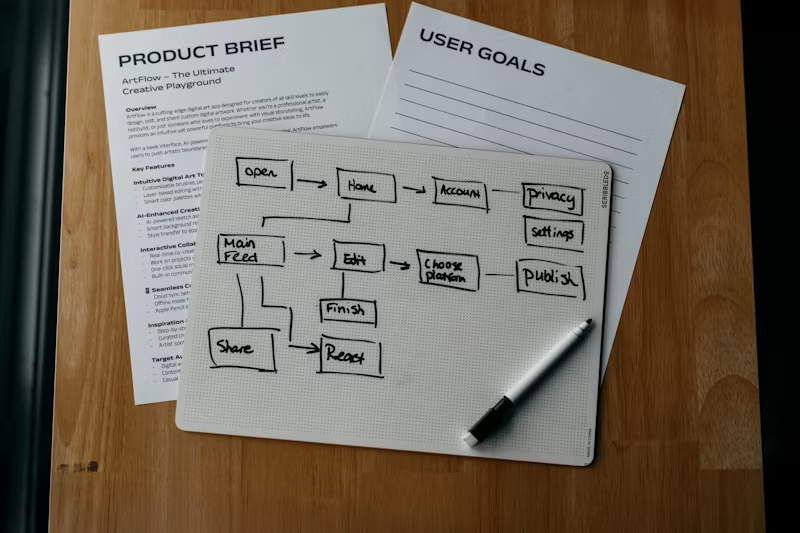
A while ago, I was working on a user story that required gathering a list of specific items within the organization. I met with the product owner and SMEs over a Teams call, and together, we compiled what we believed to be the right list.
As we went through the discussion, something felt off, I wasn’t sure the items actually fit the requirement. But since the SMEs were the experts, I figured they knew better. I set my doubts aside, documented what was agreed upon, and we moved forward.
Two weeks later, during backlog grooming, the development team, the product owner, and the BAs met to review the story. That’s when everything unraveled.
The product owner took one look at the acceptance criteria and seemed completely confused. She asked why we had included certain items when that wasn’t what she had originally envisioned. I immediately jumped in and explained that the list came directly from my discussion with her and the SMEs. But to my surprise, she had no memory of it.
At that moment, I realized I had no written proof to back me up. There was no note in Jira, no email summary, nothing that showed when and where this list was agreed upon. It became my word against hers. I wasn’t frustrated with her, people are busy, and conversations get lost in the shuffle, but I was frustrated with myself for not taking the extra step to document everything.
We had to push the story to another sprint, take another round of discussions, and rework the acceptance criteria. It wasn’t the end of the world, but it was an unnecessary delay that could have been avoided with a simple habit: documenting key decisions.
The Simple Fix That Changed Everything
After that day, I made a commitment to never rely on memory alone. Now, I do a few things differently:
Drop quick notes in Jira: If an acceptance criteria or requirement is discussed and agreed upon, I add a comment: “This was discussed with [names] on [date] and agreed upon.”
Send short follow-ups: If something important is finalized in a meeting, I send a brief message or email: “Hey, just confirming our discussion earlier. Here’s what we agreed on…”
Clarify before moving on: If something feels off, I ask one more time before documenting. “Just to be sure, this is what we’re going with, correct?” A 10-second check saves hours of confusion later.
These small changes take almost no time but have saved me from unnecessary back and forth, confusion, and potential delays. They also help build trust when you have a clear record of what was discussed, everyone stays on the same page.
Final Thoughts
This experience was a humbling reminder that even the smallest details matter. It’s easy to assume that verbal agreements will stick, but the reality is that people get busy, conversations get forgotten, and priorities shift. Keeping a record of decisions isn’t about covering yourself, it’s about ensuring smooth collaboration and keeping projects moving forward.
So if there’s one takeaway from this, it’s this: document everything, no matter how small. Your future self will thank you.
Have you ever had a situation where proper documentation could have saved time and frustration? Would love to hear how you handle it in the comments!
